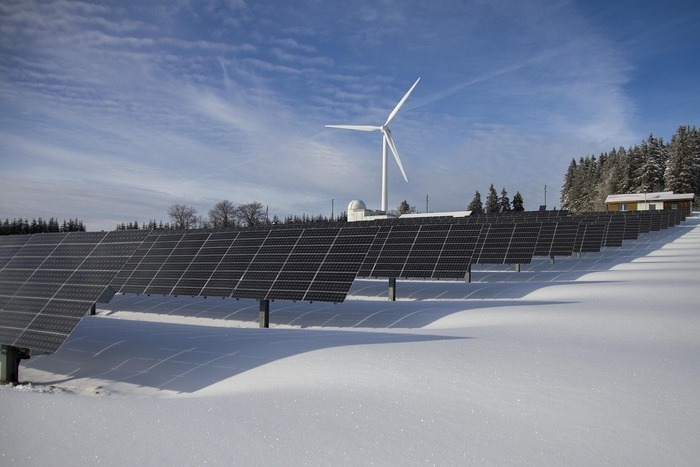The report says that outside EU, only seven countries have revised their targets
A new study revealed that national targets to triple renewable capacity have barely made progress towards the global ambition set out in the COP28 tripling pledge. Two years after the agreement, the total global ambition has increased by only 2%, and the report titled “What’s new with national renewable targets? Not much!” by Ember warned that this gap could undermine not only climate progress, but also energy security and economic resilience for countries.
The report highlighted that the national renewable energy targets collectively now stand at 7.4 terawatts (TW) for 2030, which is just over double the 3.4 TW installed in 2022. However, this still falls significantly short of the 11 TW needed to meet the tripling goal agreed at COP28. The gap to tripling remains wide at 3.7 TW, indicating that countries are only aiming for a doubling of capacity by the end of this decade.
Countries Yet to Revise Targets
According to the report, 22 countries have revised their targets since COP28 and a majority of them are in the European Union. Outside the EU, only seven countries have made updates.
Among the top 20 electricity producers, national ambition remains largely unchanged.The US has no national 2030 renewables target, and with the One Big Beautiful Bill becoming an Act and rolling back the Inflation Reduction Act (IRA), the country is not expected to set targets in the near future.
India’s target of 500 GW remains unchanged, but is already aligned with the tripling goal. Russia doesn’t have a 2030 renewable energy target and is not expected to announce one. China is currently finalising its 15th Five-Year Plan for Energy, which is expected to include a 2030 renewable energy target. However, it’s unclear whether this target will appear in the plan, the Nationally Determined Contributions (NDCs), or both. South Africa is also in the process of updating its Integrated Resource Plan, which may bring an update to its 2030 target, said the report.
Dr. Katye Altiere, Global Electricity Analyst at Ember said, “The purpose of a national renewables target is less-so to force more renewables to be built, but rather to make sure they are built smarter.”
The report said that the countries should align national ambition with the global tripling pledge that can help countries drive investment, reduce reliance on fossil fuels, and fast-track progress toward secure, affordable, and clean energy systems for all.
About The Author
You may also like
Companies in BASIC nations are turning carbon rules into an advantage: Report
Can green trade barriers save the environment?
BlackRock plans to invest ₹3,000 crore in Aditya Birla Renewables
In 2025, costs of storing renewables with batteries have fallen to its lowest ever: Report
Brazil Set 60-Day Deadline for Fossil Fuel Phase Out Plan

